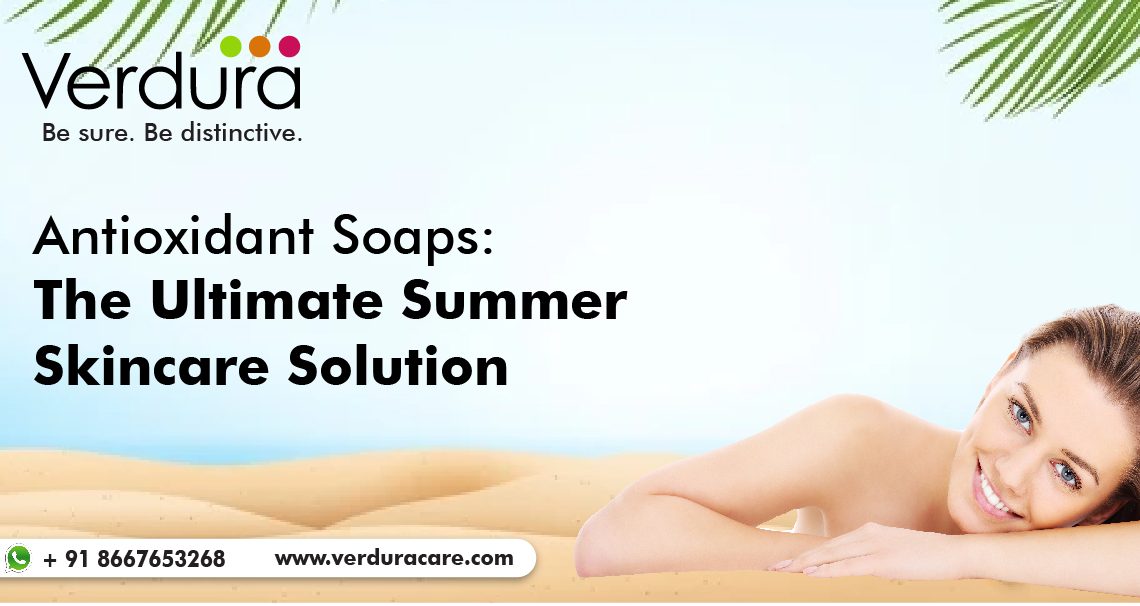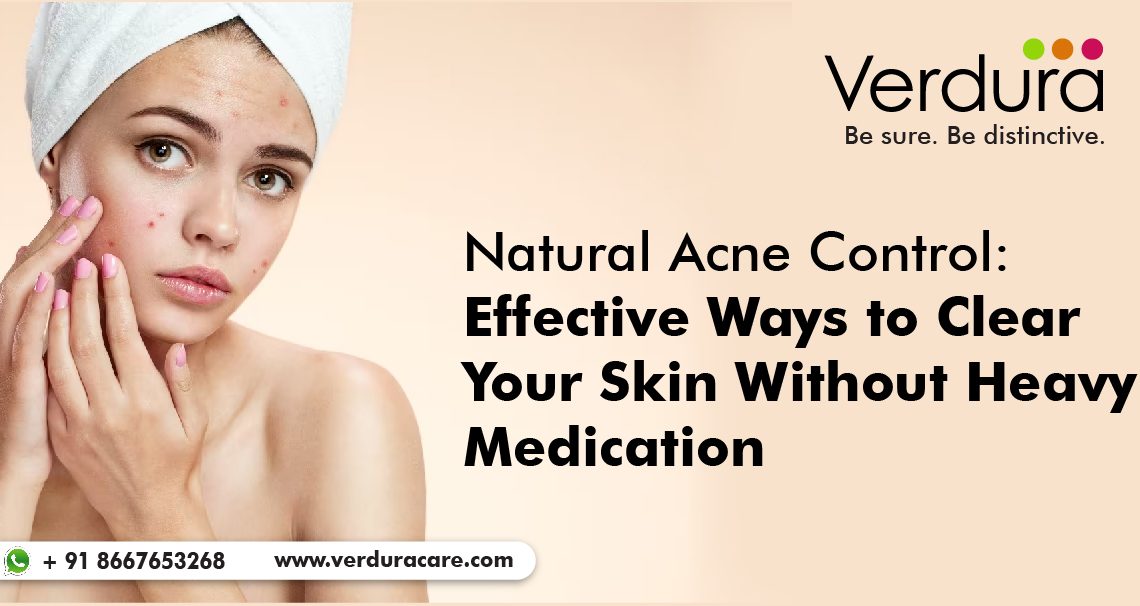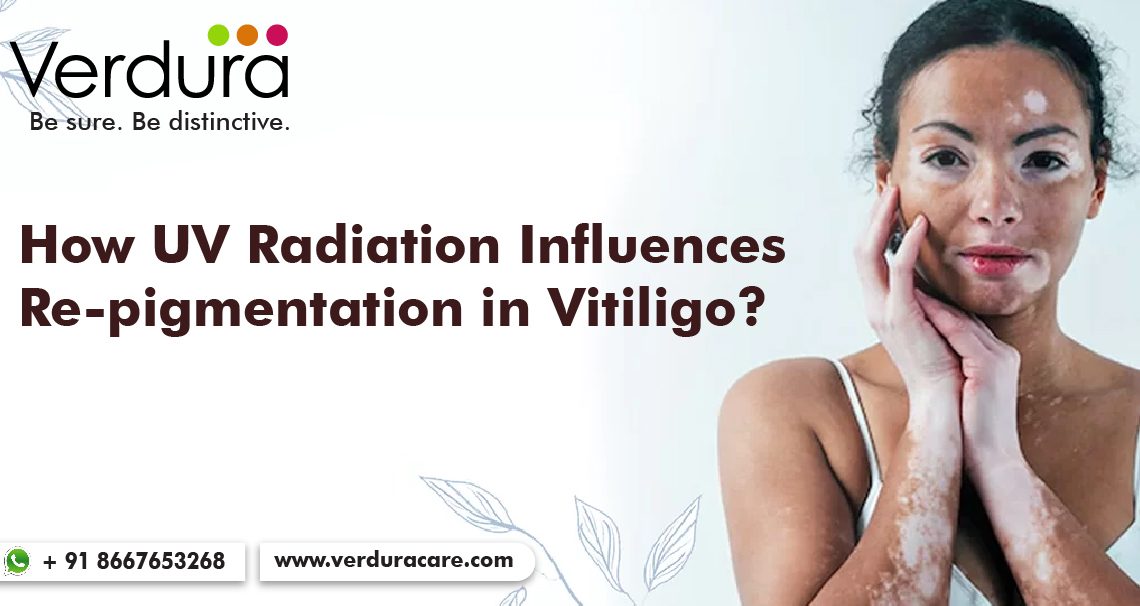Summer is a season that we all look forward to – with its long, sunny days, cool drinks, and fun outdoor activities. However, as much as we love summer, it’s also a season that can take a toll on our skin. The harsh sun, high humidity, and pollution can cause our skin to become dull, dry, and damaged. That’s why it’s important to take extra care of our skin during this season.
One way to care for our skin during summer is by using antioxidant soaps.
Antioxidants are compounds that help protect our skin from the damaging effects of free radicals, which are unstable molecules that can cause oxidative stress, leading to premature aging, wrinkles, and even skin cancer. Antioxidant soaps can help to neutralize these free radicals, keeping our skin looking healthy and youthful.
We will discuss the benefits of using antioxidant soaps during the summer, the different types of antioxidant soaps available, and how to choose the right one for your skin.
Why Use Antioxidant Soaps During Summer?
Summer is the time when we are most exposed to environmental stressors that can damage our skin. Here are some of the ways in which our skin can be affected during the summer:
- UV Rays: Exposure to the sun’s UV rays is one of the primary causes of skin damage. UV rays can cause premature aging, wrinkles, and even skin cancer.
- Pollution: The air pollution levels during summer can be high, especially in urban areas. Pollution can cause oxidative stress, leading to skin damage and premature aging.
- Heat: The high temperatures during summer can cause our skin to become dehydrated, dry, and flaky.
Using antioxidant soaps during summer can help protect our skin from these environmental stressors. Antioxidants can help neutralize the free radicals that are produced when our skin is exposed to UV rays and pollution, reducing the risk of skin damage.
Types of Antioxidant Soaps
There are several types of antioxidant soaps available, each with its unique set of benefits. Here are some of the most popular types of antioxidant soaps:
- Green Tea Soap: Green tea is rich in antioxidants such as catechins and EGCG (epigallocatechin gallate) that can help protect the skin from free radical damage. Green tea soap can also help reduce inflammation and soothe sunburned skin.
- Vitamin E Soap: Vitamin E protects the skin from UV damage and reduce the appearance of fine lines and wrinkles. Vitamin E soap can also help improve skin texture and elasticity.
- Aloe Vera Soap: Aloe vera is a natural antioxidant it protects the skin from environmental stressors such as pollution and UV rays. Aloe vera soap can also help soothe sunburned skin and keep the skin hydrated.

4.Charcoal Soap: Activated charcoal detoxifies the skin by drawing out impurities and pollutants. Charcoal soap can also help unclog pores, leaving the skin feeling clean and refreshed.

How to Choose the Right Antioxidant Soap for Your Skin?
When choosing an antioxidant soap, it’s important to consider your skin type and your specific skin concerns. Here are some tips to help you choose the right antioxidant soap for your skin:
- Consider Your Skin Type: Different types of antioxidant soaps are formulated for different skin types. If you have oily skin, you may want to choose a charcoal soap that can help control excess oil production. If you have dry skin, you may want to choose a soap that contains hydrating ingredients such as aloe vera or glycerin.
- Look for Natural Ingredients:
When choosing an antioxidant soap, it’s always a good idea to look for natural ingredients. Natural ingredients are often gentler on the skin and can provide additional benefits such as hydration and nourishment. Some natural ingredients to look for in antioxidant soaps include green tea, aloe vera, vitamin E and activated charcoal.
- Avoid Harsh Chemicals: Avoid soaps that contain harsh chemicals such as sulfates, parabens, and artificial fragrances. These ingredients can strip the skin of its natural oils and cause irritation and dryness.
Use verdura skin fresh bathing bar is the best antioxidant soap which provides 3 in 1 benefits of moisturization – exfoliation and nourishment to the dry skin it is enriched with extracts of Aloe vera, Cynadon dactylon, Indigofera tinctoria, Ocimum sanctum, Avocado oil, Almond oil, Wheat germ oil and Glycerine which makes the skin feel soft and supple after every bath.
Conclusion
Summer can be a challenging time for our skin, but by using antioxidant soaps, we can protect our skin from environmental stressors and keep it looking healthy and youthful. When choosing an antioxidant soap, consider your skin type and specific skin concerns, look for natural ingredients, and avoid harsh chemicals. With the right antioxidant soap and skincare routine, you can enjoy all the fun and excitement of summer while keeping your skin looking its best.










